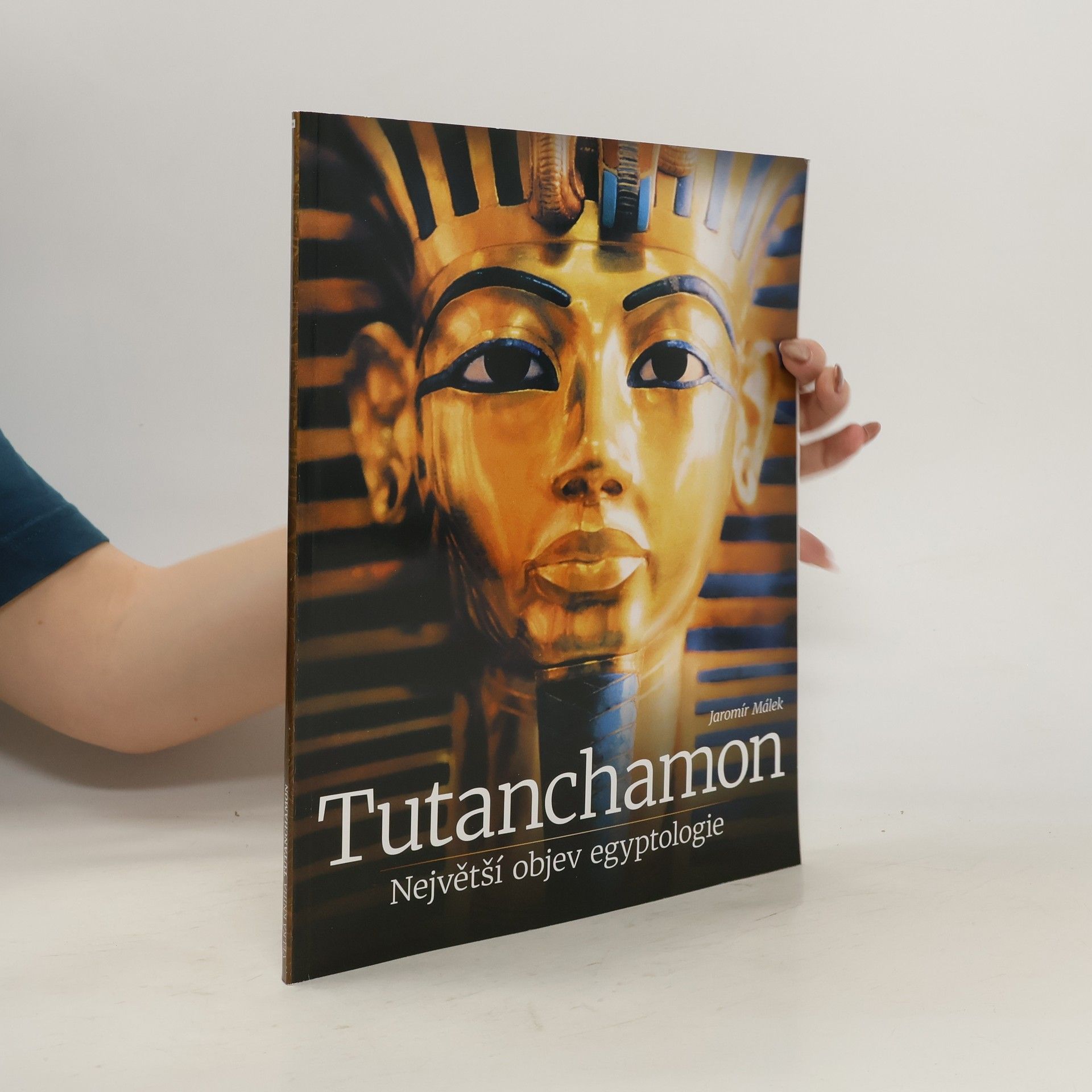Autor Jaromír Málek (*1942) je egyptolog českého původu, který léta vedl archiv Griffithova institutu při Ashmoleově muzeu v Oxfordu, jeden z předních egyptologických archivů na světě. Starověký Egypt fascinuje lidstvo odedávna. Po staletí usilovali vykradači hrobů o dobytí ukrytých pokladů v hrobkách faraonů a v nové době se k nim přidali archeologové. Pak přišel 26. listopad 1922, den, kdy Howard Carter s vydatnou pomocí lorda Carnarvona objevil hrobku krále Tutanchamona, a svět užasl. Ještě nikdy nikdo nespatřil poslední místo egyptského panovníka v tak dokonalém stavu a se vším jeho bohatstvím, jež tu leželo nedotčeno. Vzrušující příběh objevování hrobky a mladičkého krále, který v ní nerušeně odpočíval po více než 3 000 let, se stal legendou a dodnes nepřestává podněcovat představivost lidí po celém světě. Výpravná kniha Tutanchamon: Největší objev egyptologie přibližuje Tutanchamonův krátký život v kontextu s událostmi a způsobem života ve starém Egyptě. Představuje práci prvních egyptologů a především líčí podrobnosti Carterovy expedice a slavného objevu na základě původních materiálů z osobního archivu Howarda Cartera. Poznejte nejslavnějšího egyptského faraona i všechny ty, kteří se zasloužili o jeho novodobý věhlas!
Jaromír Málek Book order
Jaromír Málek is an Egyptologist dedicated to the detailed study of ancient Egypt. His expertise lies in meticulous archival research and editorial work, focusing on topographical documentation. His contributions enhance our understanding of ancient Egyptian history and culture through precise analysis and organization of archaeological data. His approach emphasizes the importance of accuracy and detail in preserving and making valuable historical information accessible for future generations.

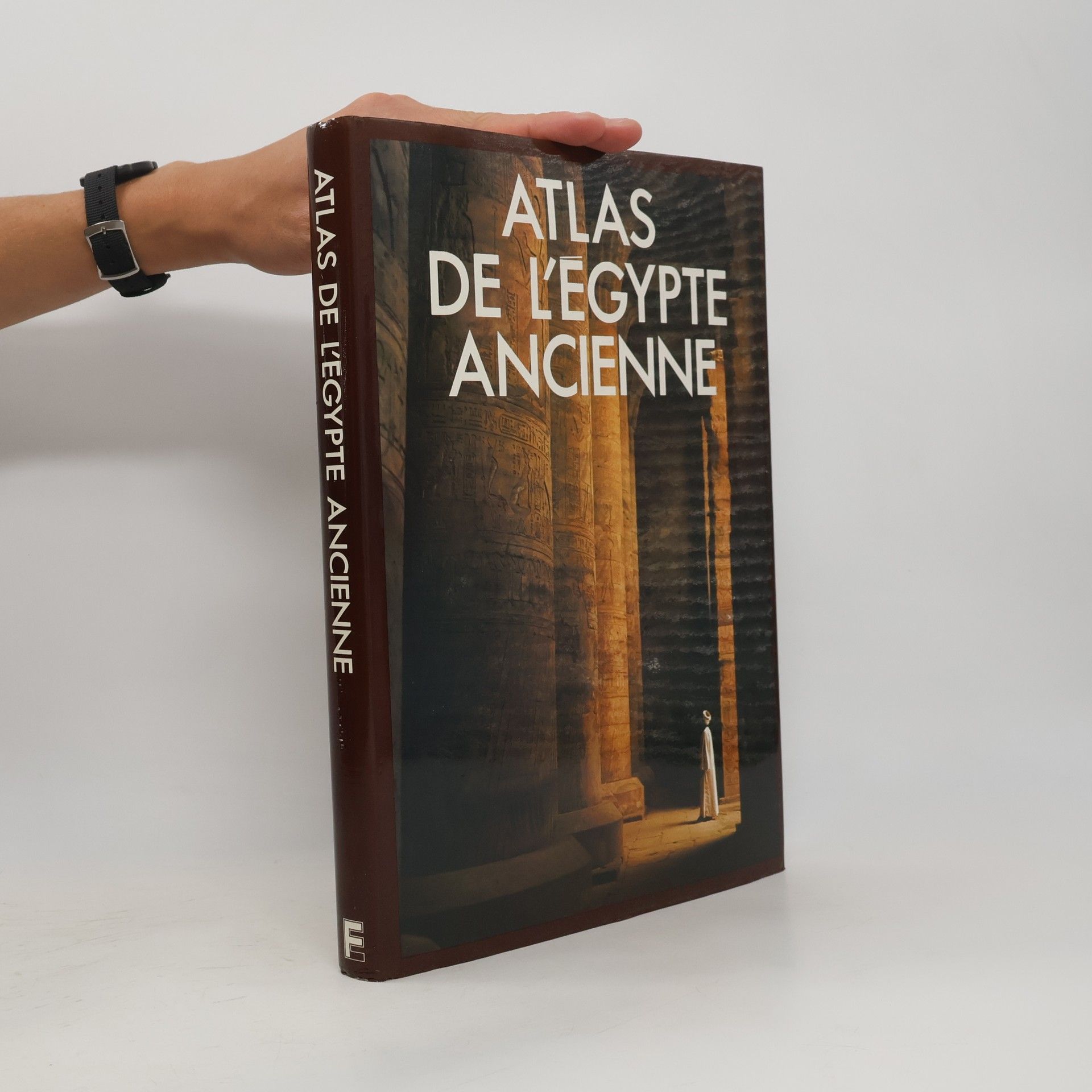
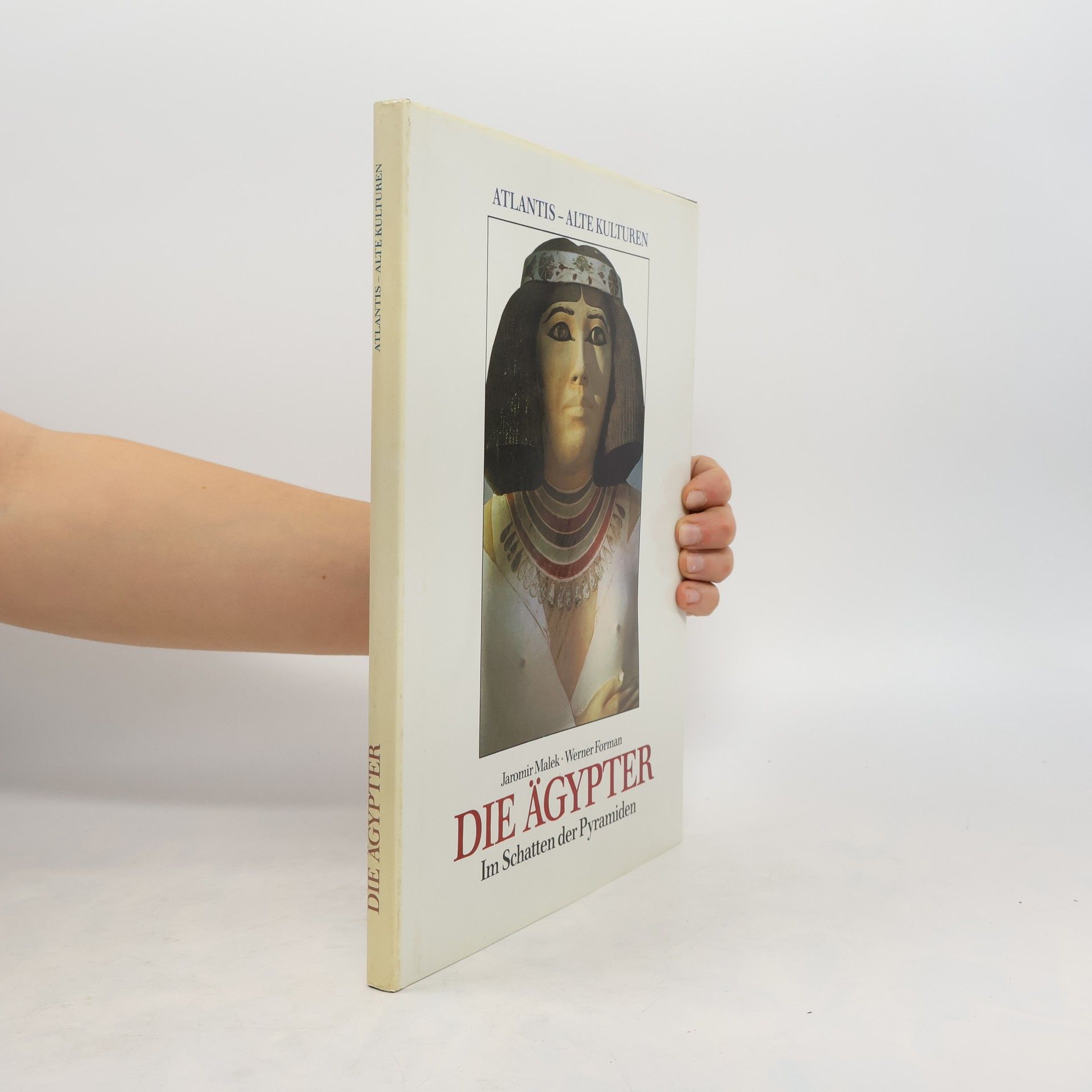
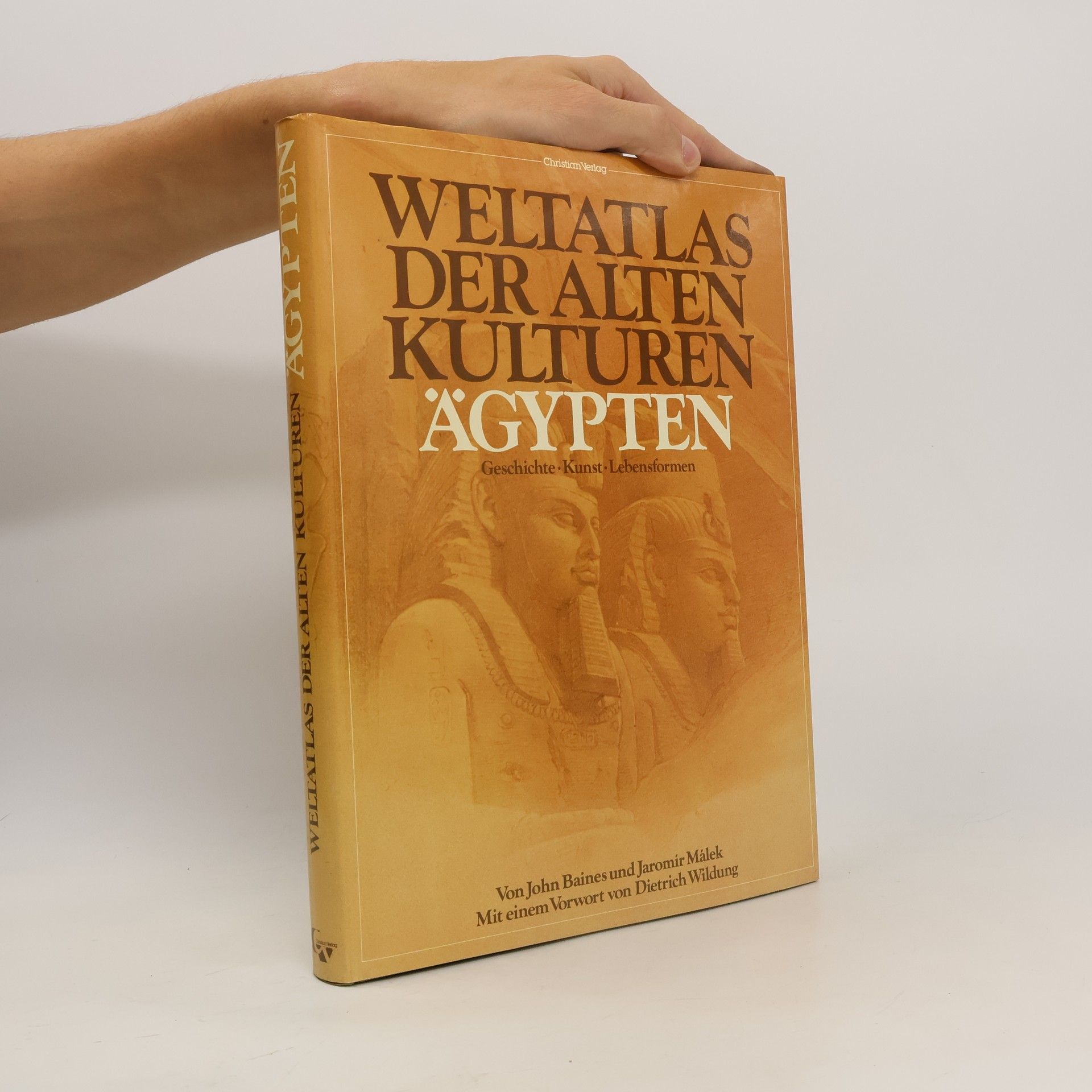
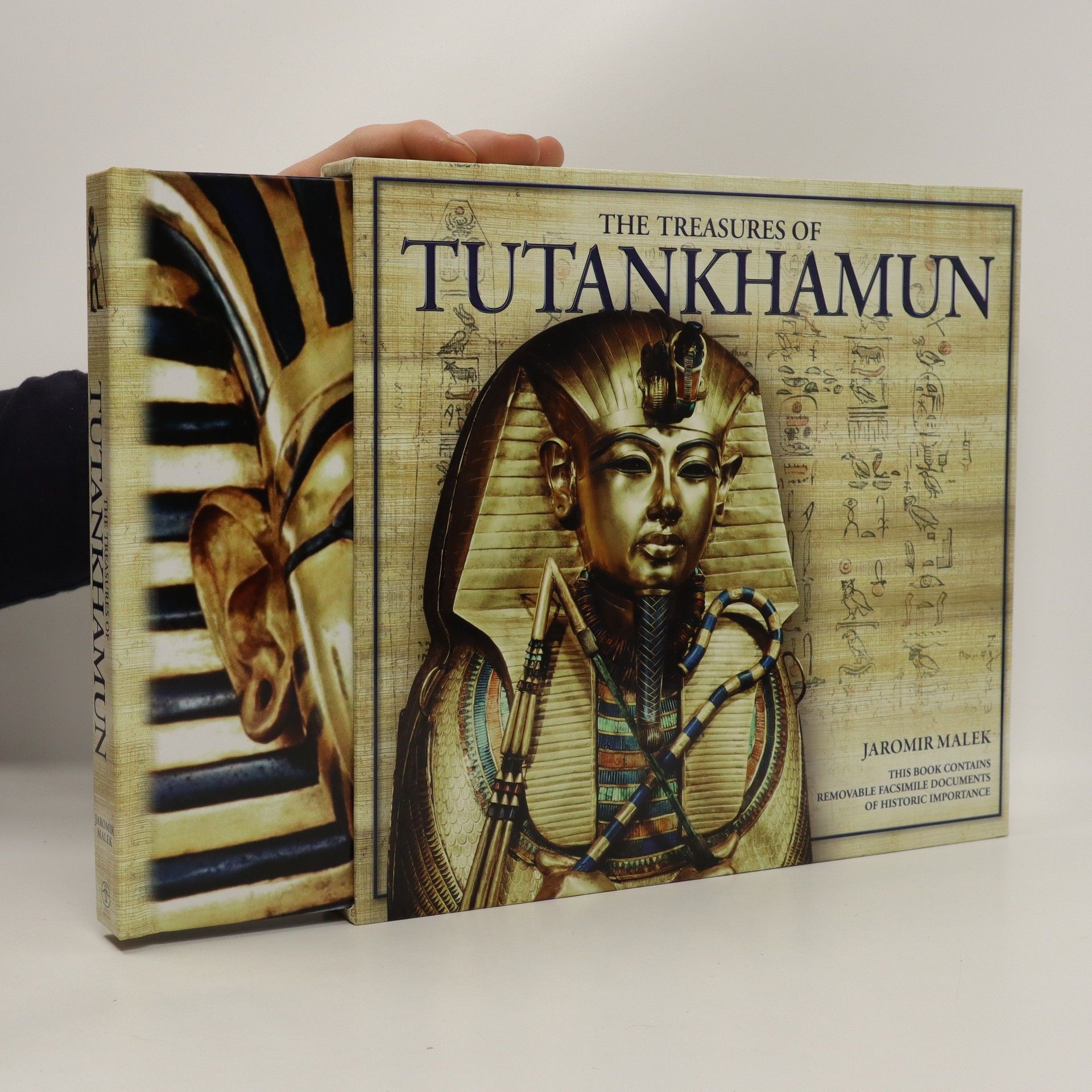
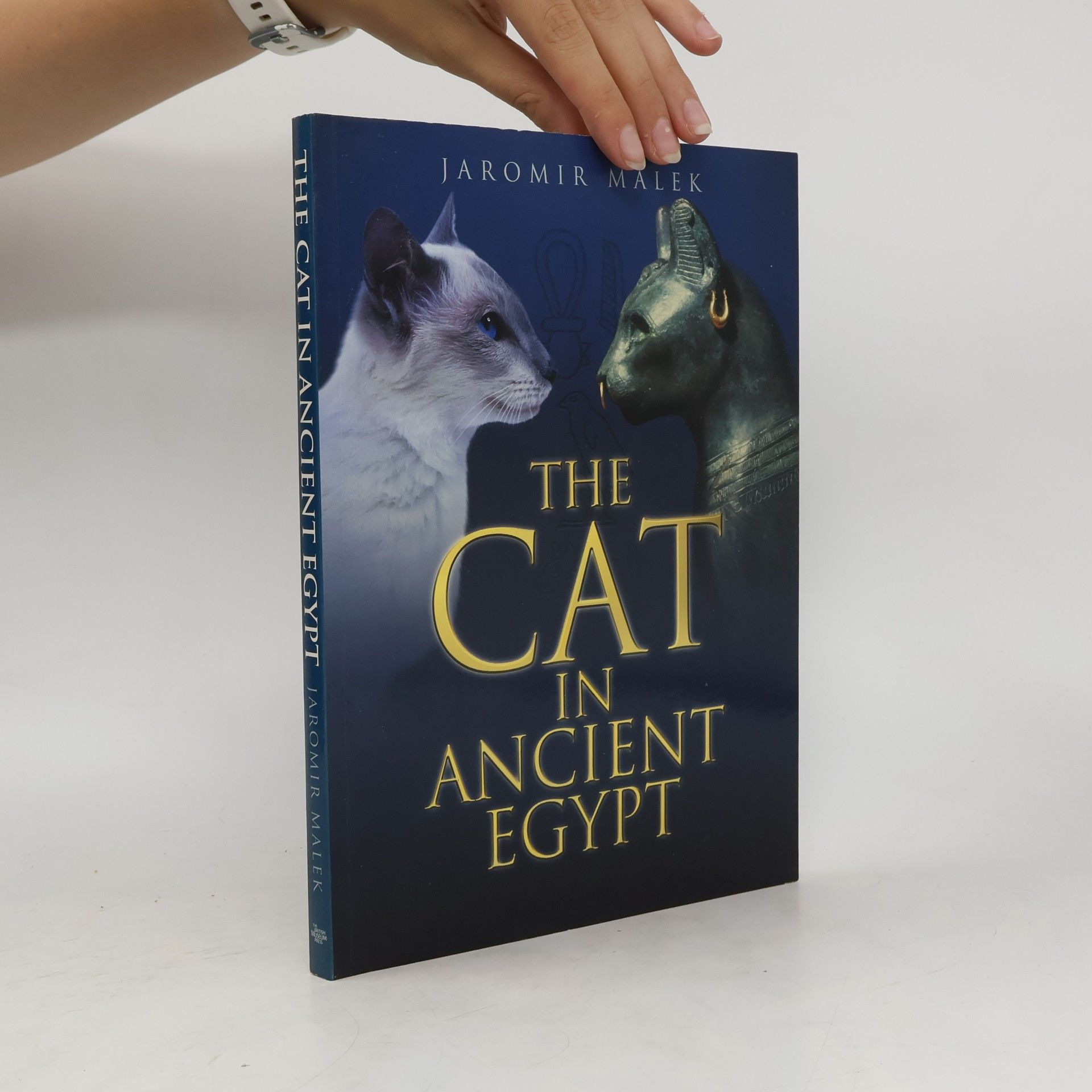

- 2020
- 2012
Explaining Tutankhamun's background and the role of the Pharaoh, this book shows how Egypt became a source of fascination for those in the West. It aims to bring to life the excitement and wonderment that Carter and Carnarvon must have felt upon opening the tomb.
- 2006
- 1997
The cat in ancient Egypt
- 144 pages
- 6 hours of reading
Cats in Egypt were probably domesticated by around 4000 BC from wild ancestors. Over the following centuries, they became popular household pets and are regularly shown in tomb paintings of family life. This volume draws on artistic and written sources to show how they became widely-esteemed and revered animals in Egypt.
- 1996
Svět starého Egypta
- 240 pages
- 9 hours of reading
Tato kniha pojednává zcela novým způsobem o starém tématu - starověkém Egyptě. Dosud nikdy nebylo toto téma představeno formou kulturního atlasu, jenž přináší nejen mnoho historických a topografických map, ale také erudovaný text, ve kterém se dvěma významným egyptologům podařilo obsáhnout kulturu - chápanou v širokém smyslu - této staré civilizace.
- 1993
- 1990
Rayon : Civilisation Editeur : Editions du Fanal Date de parution : 1991 Description : In-4, 240 pages, relié entoilé avec jaquette parfaite, occasion, très bon état. Envois quotidiens du mardi au samedi. Les commandes sont adressées sous enveloppes bulles. Photos supplémentaires de l'ouvrage sur simple demande. Réponses aux questions dans les 12h00. Librairie Le Piano-Livre. Merci. Référence catalogue vendeur: X14618. Please let us know if you have any questions. Thanks
- 1987
durchg. farb. Abb., geogr. Reg., Glossar, Bibliogr., Orts- u. Begriffsreg.
- 1984
